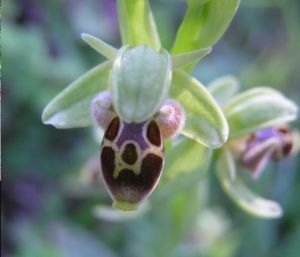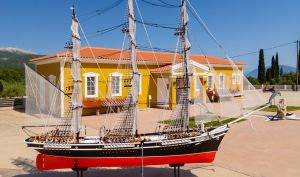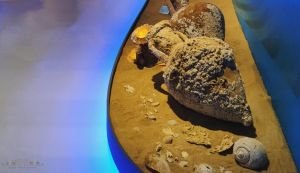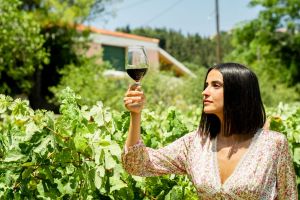Displaying items by tag: museums kefalonia
KEFALONIA BOTANICA
The Kefalonia Botanical Garden was founded in 1998 on the initiative of the Fokas - Cosmetatos Foundation and is located a short distance from the centre of Argostoli, near the industrial area, on a plot of land of about 10,000 square meters. Constantly expanding and developing, Kefalonia Botanica carries out the important task of conserving and promoting the wild and endemic plants of Kefalonia and is actively involved in the promotion of environmental issues that are becoming increasingly urgent over time. Although Greece has the richest and most varied flora in Europe, in fact, the country has very few botanical gardens and research centers. The Greek flora is also threatened by summer fires, urban development, overgrazing and tourism, so it is essential to raise public awareness of environmental issues and encourage the enhancement of local flora in the context of sustainable development.
THE NAUTICAL MUSEUM OF SAMI
Imagine a child fascinated by the mysteries of the sea. Imagine him building a boat with wood and sacks of flour as a sail and, at the age of nine, setting sail for Ithaca. No, this is not the story of a small adventurer fished (fortunately) in the channel between Ithaca and Kefalonia by a fisherman, but of a great lover of the sea who, once he grew up, even decided to open a museum to bear witness to the great story boating of his native country, Sami.
THE ARCHAEOLOGICAL COLLECTION OF SAMI
The Archaeological Museum of Sami is a must-see for anyone who wants to know Kefalonia beyond its beaches and most famous tourist attractions. The museum, inaugurated in 2021, hosts a very interesting exhibition of finds collected in the area of Sami and Fiskardo. On the outside of the building, the colorful mosaics that decorated villas, spas and public buildings in the cities are displayed, while inside, the collection is divided into 4 rooms that develop different thematic units. Visit it and tell us which find struck you the most: the interesting pieces are really very many but we particularly liked the jewels, a doll which at the time of its use had movable arms and legs and a small terracotta vase which was probably used both to fill oil lamps and as a feeding bottle, the ancestor of our baby bottle.
KEFALONIA, THE PROGRAM FOR A RAINY DAY
The climate of Kefalonia is typically Mediterranean, with mild, rainy winters and hot, sunny summers. Even in the hottest season, especially in June and September, however, a capricious wind may bring some clouds or a passing storm. This is precisely why the island is so green! No problem, a cloudy day is the ideal opportunity to discover that Kefalonia offers much more than its beaches.




